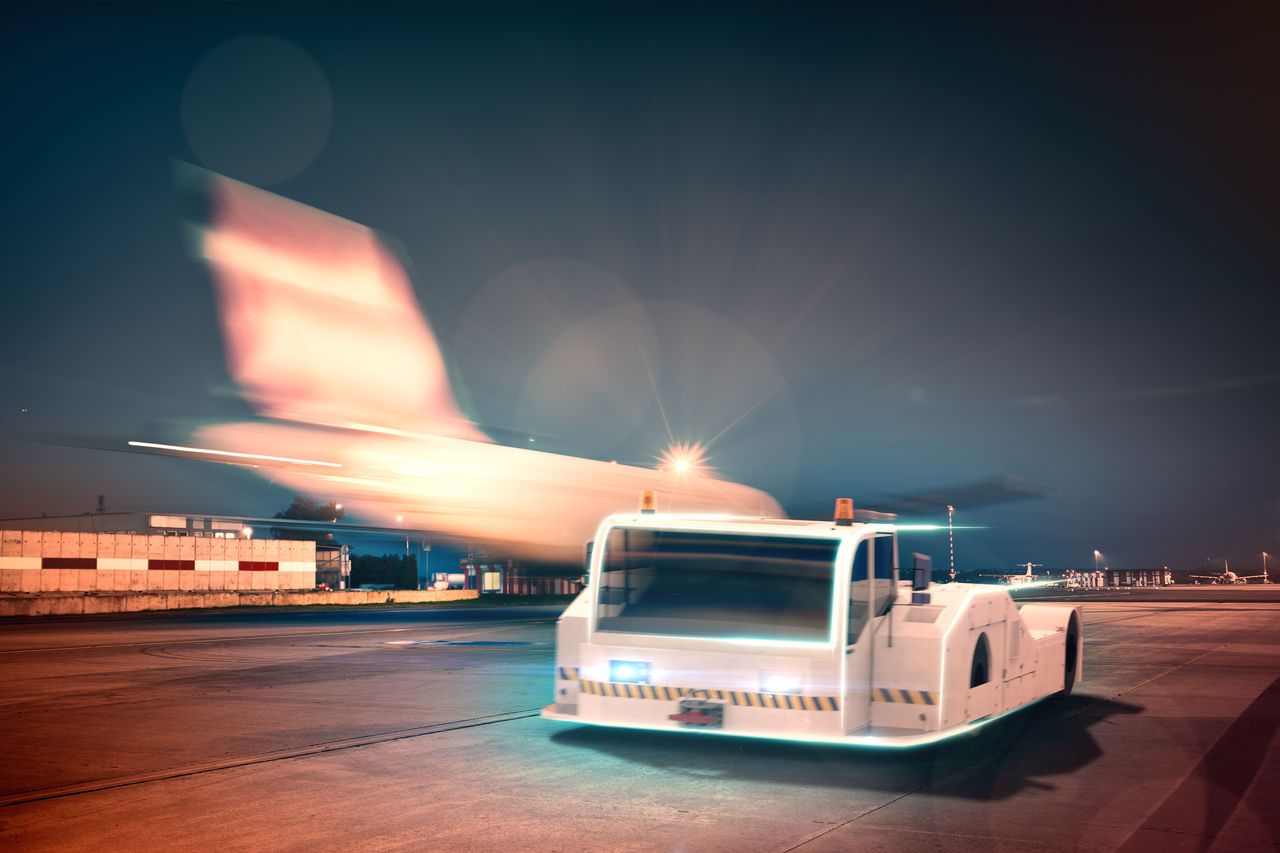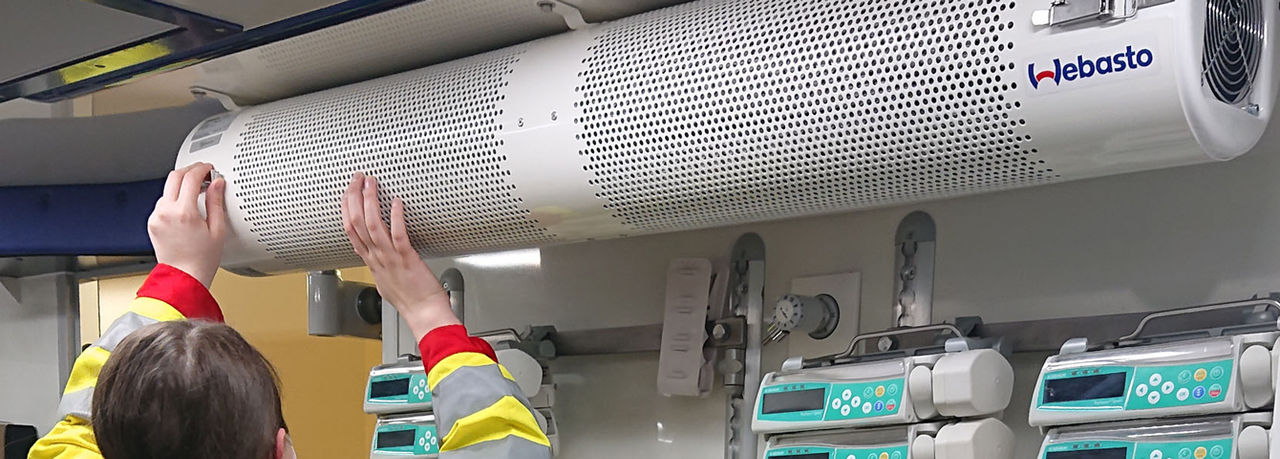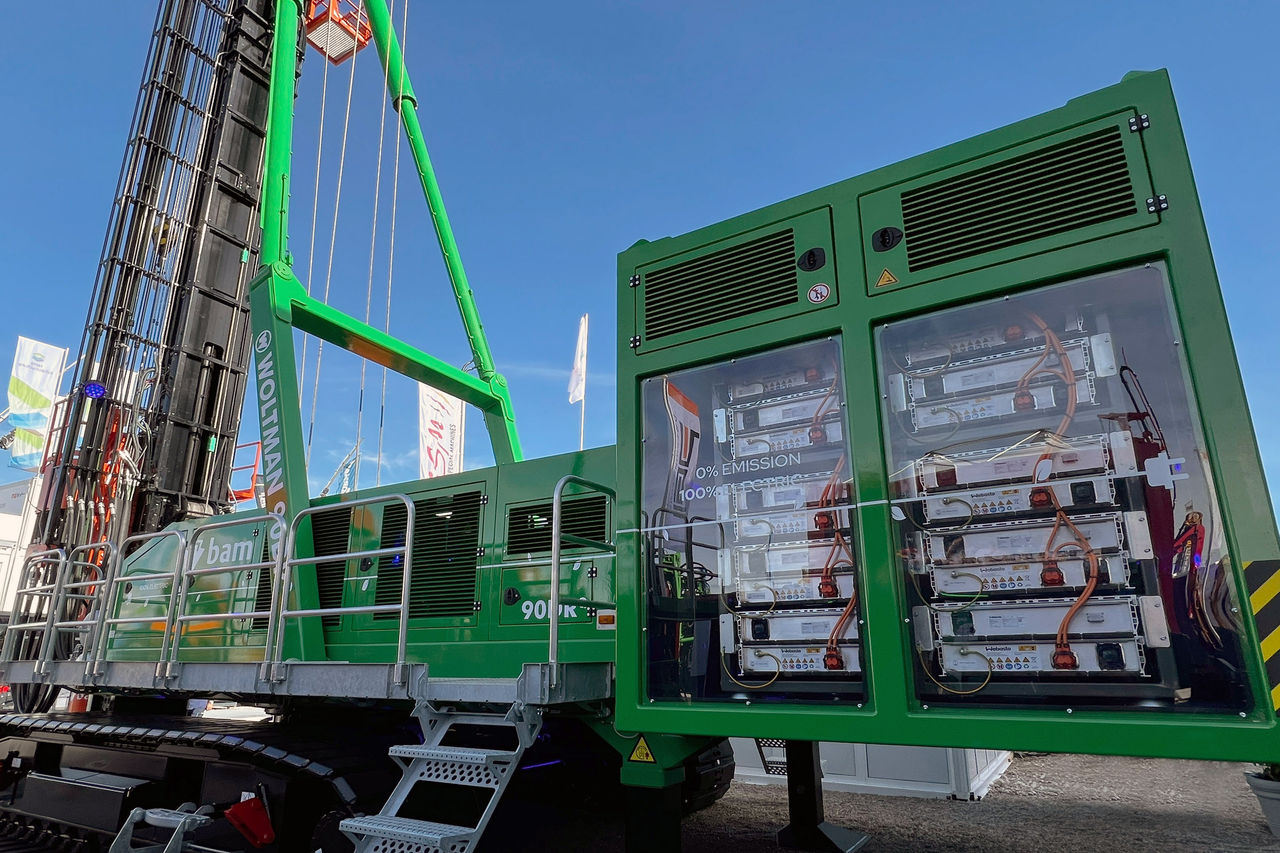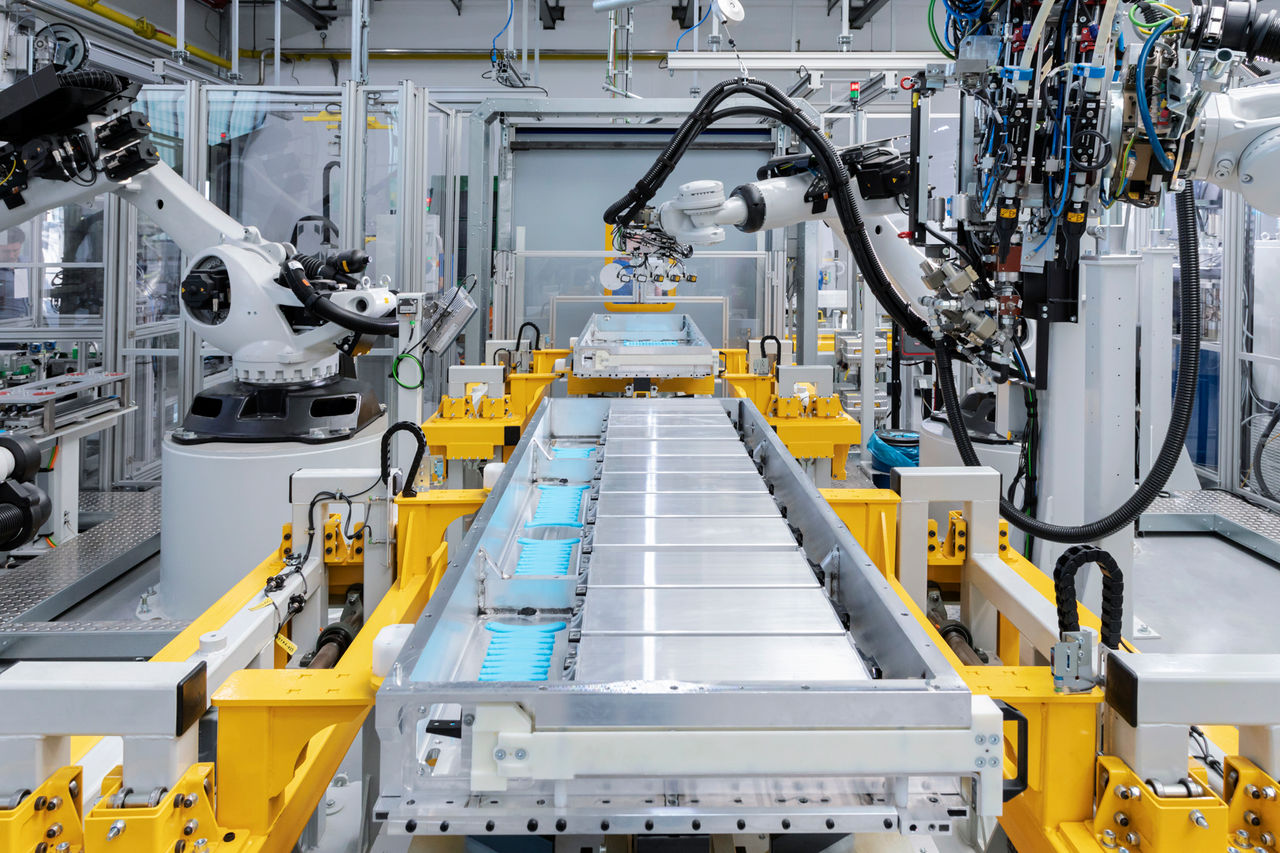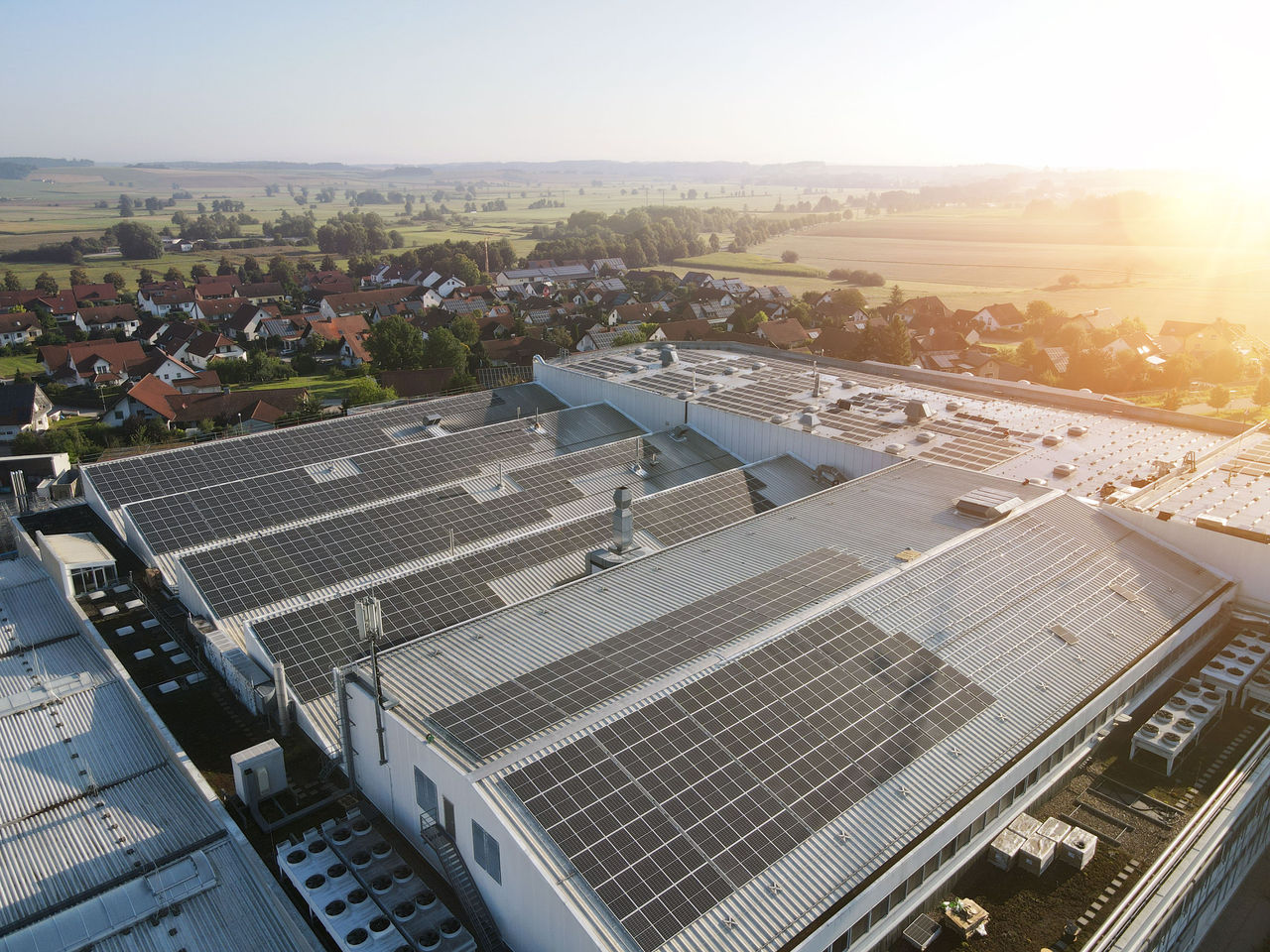Innovative and sustainable
Battery Systems

Electromobility has the potential to reduce both environmental impact and dependence on fossil fuels. But challenges also exist. At the IAA Mobility trade fair in Munich, automotive supplier Webasto will debut a “green” battery as part of its efforts to promote dialog on more sustainable electromobility solutions.
 IAA Mobility Green Battery
IAA Mobility Green Battery
Munich/Stockdorf – September 4, 2023 – The future of the automotive sector is electric – but how sustainable will it be? As electric cars become more prevalent, an increasing number of batteries are needed. Manufacturing them now requires raw materials such as aluminum, lithium, cobalt and nickel – some of which are rare or costly to extract. Being able to develop eco-friendly, recyclable batteries that use less of these resources is therefore crucial in terms of taking environmental responsibility.
Webasto entered the battery market in 2017. Today, the automotive supplier develops and manufactures battery systems for passenger cars and commercial vehicles. The company has been tackling the issue of how to consistently and sustainably implement electromobility from the very beginning. “With entrepreneurial courage, technological expertise, and market-ready innovations, we have managed to successfully position Webasto in the electric mobility market within just a few years. We are already supplying batteries and thermal solutions in series and are continuously striving to shape mobility on our roads. At the IAA Mobility, we aim to take a glimpse into the future where every driven kilometer not only symbolizes progress but is also sustainable and enjoyable,” explains Webasto CTO Marcel Bartling.
Resource-saving and innovative
At IAA Mobility (Hall B3, Booth C40) between September 5 and 10, the automotive supplier will be exhibiting its “green” battery, among others. The model, made of wood and recycled materials, is not actually intended for use in electric vehicles. It does, however, represent Webasto’s determination to strive even harder to deliver sustainable alternatives for future mobility applications. For example, the exhibit’s honeycomb structure could help save material and weight. Moreover, the separate levels within the battery are not bonded, but are bolted together, thereby simplifying the recycling process at the end of the battery’s life. Using wood symbolizes the feasibility of fabricating the battery housing from sustainably sourced raw materials in future. In this context, Webasto is a part of Circular Republic. The initiative aims to promote sustainability and carbon neutrality by significantly reducing resource consumption through the implementation of circular business models.
“By launching our ‘green battery’ program and participating in platforms such as the ‘Circular Republic’, we are highlighting our perspective on the future of mobility: Resource-conserving, technologically innovative and commercially attractive. This is how we will fulfill our responsibility to people and the environment,” says Hartung Wilstermann, Head of the Battery Systems Division at Webasto.
Sustainable battery production
In terms of recycling and production, Webasto’s battery plant in Schierling (Germany) is already demonstrating how batteries can be sustainably manufactured and subsequently reused following their first life cycle in a vehicle. In 2023, a battery bank with a capacity of one megawatt hour was constructed at the site using a total of 30 second-life batteries. Planning for further storage batteries with a capacity of 5.6 MWh is already underway. This project also highlights that batteries – as a resource – are far too valuable to be simply disposed of.
In addition to the battery bank, Webasto is also focusing on harnessing green energy for its Schierling production facility, where the company manufactures battery systems for commercial vehicles and, in future, passenger cars too. An output of up to 750 kilowatt peak (kWp) means that the energy needed for battery production there can be supplied 100 percent by solar. Over the coming years, output is set to increase to 1,450 kWp as the PV system undergoes continuous expansion. Reactivation of the rail link to the plant is also currently under examination, with the aim of utilizing rail transport for logistics.
Electromobility success story
Since entering the battery business, Webasto has established itself as a force to be reckoned with in the electromobility market. For example, the automotive supplier received a follow-up order in 2022 for a further large-volume project from Hyundai-Kia. Orders for electric car batteries were also received from three European vehicle manufacturers. The overall order volume of these four projects amounts to some 1.9 billion euros over their respective terms. The battery systems for these orders will be manufactured at Schierling in Germany, Dangjin in South Korea, and at an additional plant that Webasto will open in Slovakia in 2024.


